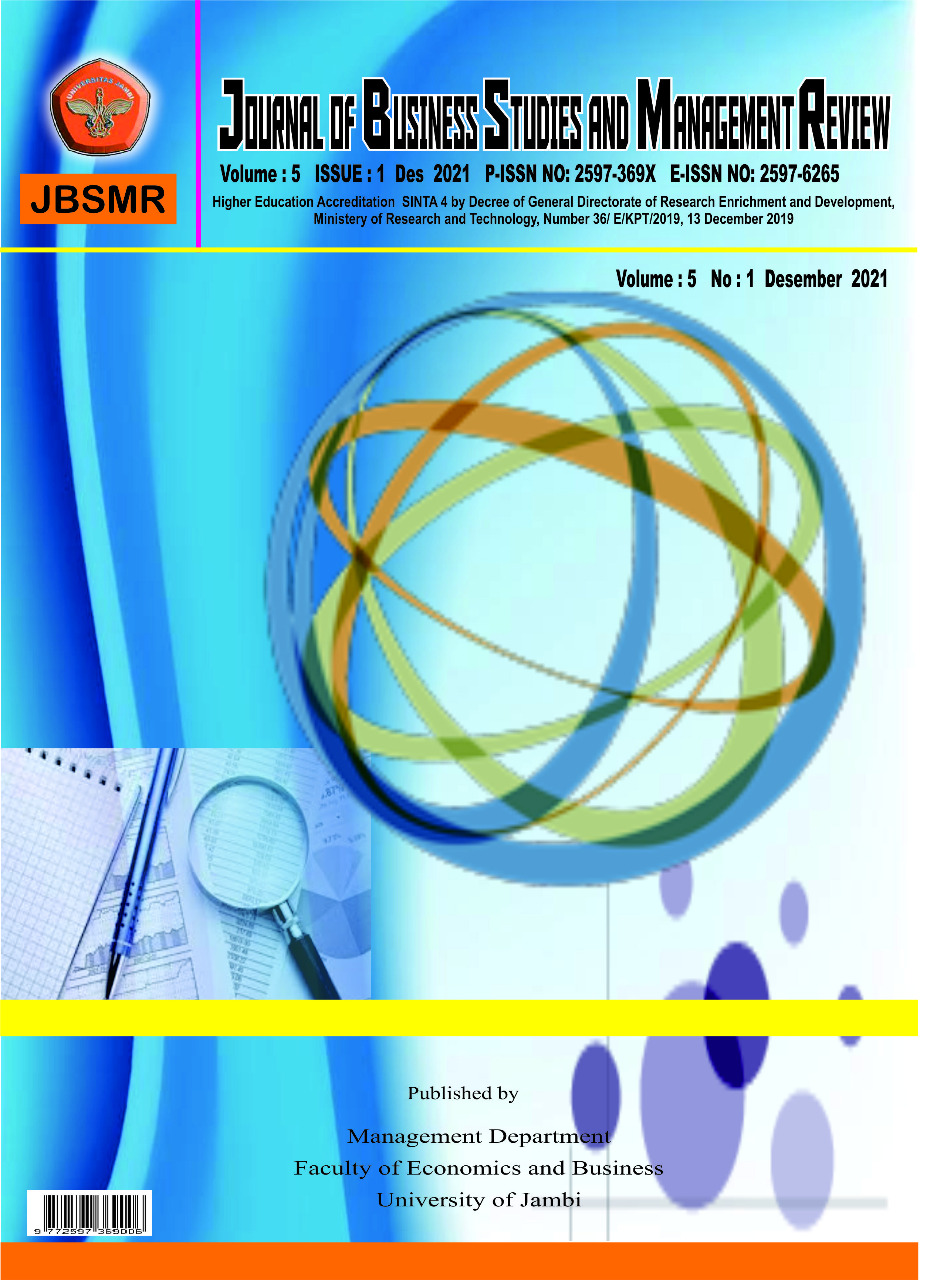EDUCATION OF COUPLES ABOUT LONG-TERM CONTRACEPTION METHODS IN BATUJAJAR'S HEALTH CENTER THROUGH EDUCATIONAL VIDEOS
DOI:
https://doi.org/10.22437/jbsmr.v5i1.15807Keywords:
Long-Term Contraceptive Methods, Educational videos, KnowledgeAbstract
The purpose of this research activity is to make a video that can be used in digital media to educate couples at the Batujajar Health Center regarding long-term contraceptive methods and to evaluate their effectiveness. This research uses a descriptive method. Questionnaires were also used in this study to see the effectiveness of the videos that had been made in increasing respondents' knowledge. A total of 300 people who are still using short-term contraceptive methods have filled out the questionnaire.
The educational videos given to respondents were made with a relaxed and comedic concept to make them easier to understand. The evaluation results illustrate that knowledge has increased after watching the videos. The increase is related to the types of methods available and the inaccurate myths. The main reason they have not used it is the perceived high cost of insertion. But they also expressed their willingness to use it, especially for intrauterine devices. Involving a third party who is believed to be able to rectify the incorrect myth, for example, ustadz or ustadzah, who can provide a study of the matter from a religious perspective An increase in understanding of the cost of installation needs to be made. Information related to this can be conveyed when optimizing the roles of health workers and field instructors. CSR activities or community service from educational institutions in collaboration with the local government and the National Family Planning Coordination Board to eliminate installation costs can be carried out to increase their use.
Downloads
Downloads
Published
How to Cite
Issue
Section
License
Copyright (c) 2022 Tezza Adriansyah Anwar, Sri Quintina Indriyana, Ifa Siti Fasihah, Lina Marlinawati

This work is licensed under a Creative Commons Attribution 4.0 International License.

This work is licensed under a Creative Commons Attribution 4.0 International License.





.png)




